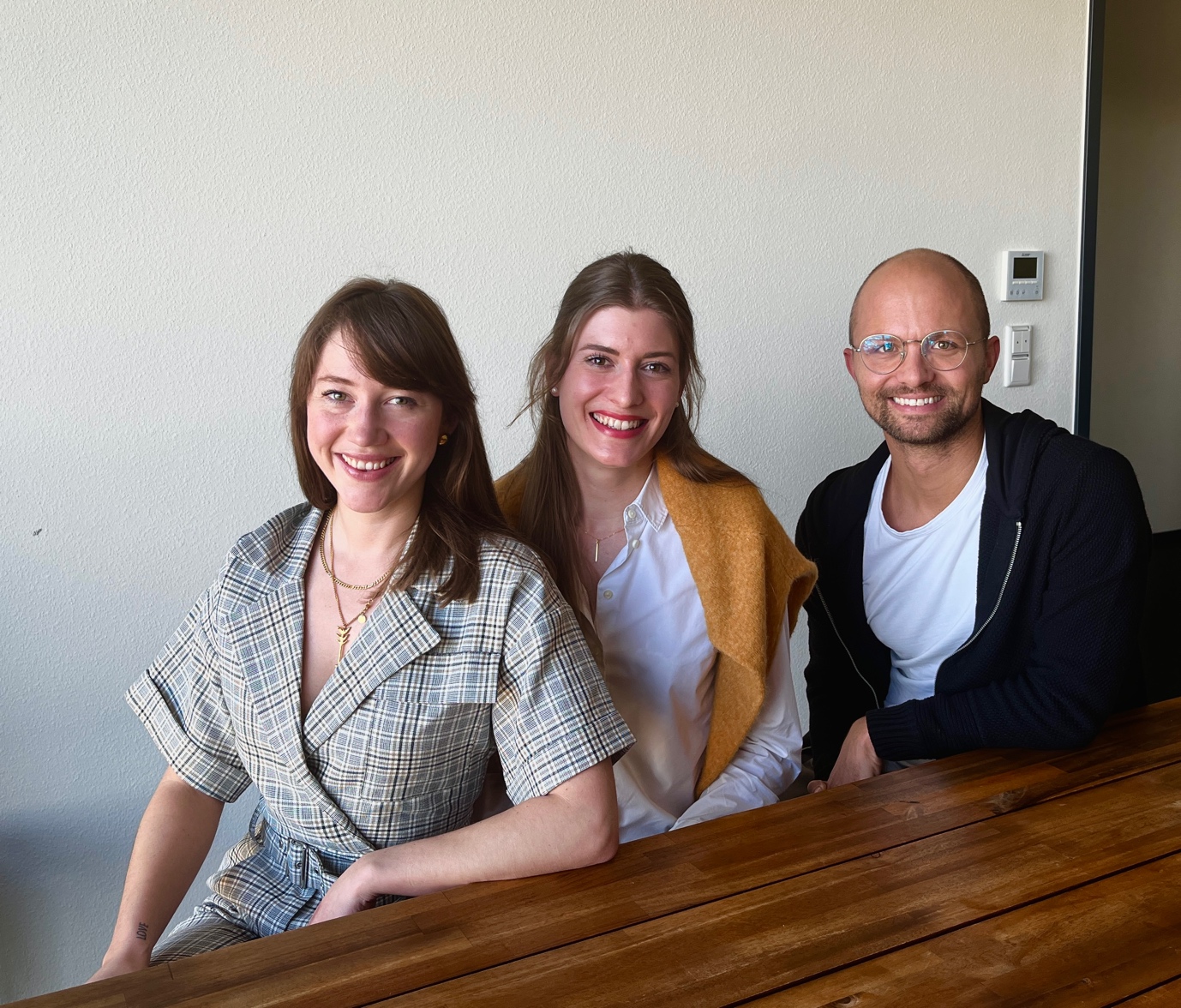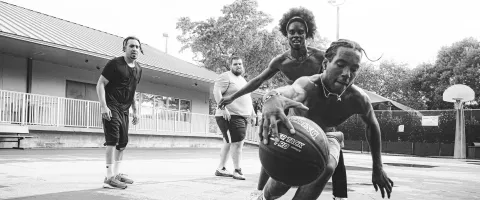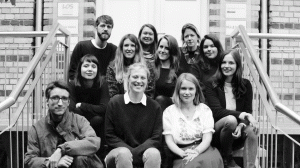If you've read the previous columns about Teal, you may have wondered how a company can exist and survive without hierarchies. Are you wondering how decisions are made in a Teal organization, completely without hierarchies and decision-making authority?
Major differences between hierarchical companies and Teal companies are:
- guaranteeing that decisions are made based on existing authority, rather than through the exercise of power or power politics
- Preventing decisions made based on the exercise of power or unequally distributed decision-making power, rather than based on competence; and
- Being convinced that collective intelligence leads to better decisions than individual opinions.
For this reason, in many Teal companies there is a so-called advice process following a clear structure for decision making. In the case of enableYou its called the "integrative advice process"
The essential essence of this consulting process is:
"Any person can make any decision after asking (1) anyone who will be meaningfully affected and (2) people with expertise in the matter for advice."
Thus, on the one hand, this process gives everyone in the company the opportunity to get involved, become self-effective, and help shape the process. On the other hand, this integrative advice process brings with it a high level of responsibility: Am I the right person to make this decision? Do I take the advice of my colleagues into account appropriately?
For this type of decision-making to succeed without hierarchies, there are three key factors: a clear process, consensus, and trust.
Clear processes are needed
Clear processes are the be-all and end-all of Teal. Quick and pragmatic decisions are essential for a company. Teal's integrative advice process, with its clear structure and rules, offers a way to make quick decisions in an orderly manner while leaving enough room for the individuality of each debate.
No consensus is needed
Decision making in Teal does not mean that all contradictions must be resolved, everyone must agree to the decision, and we see a watered-down compromise as the result. Rather, with conscientious consideration of all advices, a decision is blocked and moved to more intense discussion only if it "threatens the continued existence of the company or makes the current situation worse."
Trust in people and the evolutionary sense
In Teal organization, evolutionary sense as well as each person's inner standards are central to decision making: does the decision seem in line with our sense to me? Am I being true to myself? By detaching from ego and external standards, bolder decisions are made from a sense of deeper, inner conviction and authenticity. And central to this is: anyone can initiate change and uncover potential - be it as a decisionmaker or when asked for advice. This mutual trust in joint decision making promotes community, fun, learning and ultimately better decisions.
So how exactly are decisions made in a Teal organization?
One example is the integrative advice processes used by enableYou. In this process, decisions are always made according to the same procedure:
- New proposal: After a person has identified an area of tension and worked out a solution, s/he presents this proposal to those affected and/or experts in the matter.
- Questions of understanding: After that, each person may ask questions. Reactions or comments are not allowed yet!
- Reaction round: Each person can now react once to the proposal, give advice, express concerns, wishes, agreement or disagreement. Discussions on this are not yet allowed.
- Improve: The decision maker now takes the advice into account and can explain his or her proposal in more detail or adapt it if required. If necessary, the reactions and objections make the proposing person realize that the proposal needs more comprehensive adjustments. The proposal can then be withdrawn and reintroduced later.
- Objection Round: Now that the decision-maker wishes to implement their initial proposal unchanged or it is adjusted accordingly, s/he asks only one question: "Is there any reason why adopting the proposal might cause harm or make the current situation worse?" If there is not, the proposal is accepted, implemented, and at the same time everyone is informed of the change. The hurdle for a justified objection is deliberately set very high here according to the principle of consensus building.
- Integration: In the event of an objection, an open discussion is initiated, and a suitable solution is sought. In the case of several objections, this is done one after the other. If it fails and the proposal continues to be blocked, a solution is sought separately.
Sounds complicated? It is not!
Time-efficient advice
At first glance, decision-making in this process may seem time-consuming and complicated. From our own experience, however, we can only confirm the opposite: Due to the clear structure with comprehension questions and reaction rounds, there are hardly any protracted, never-ending discussions. In many organizations, weeks are spent thinking about how to communicate decisions so that no one misunderstands them. In the advice process, you simply express the idea, and each person is aware that this idea may not be fully developed yet and that you can give input. So, you also bring ideas to decisions much faster and get feedback on them. Teal companies are therefore much more flexible, quicker, and more adaptable to new circumstances. In addition, all employees can initiate changes and are involved from the beginning if they are affected, which reduces resistance and increases commitments. Self-efficacy increases.
But how does this work in practice when everyone is affected, and the group is larger? Then, for example, you can post the proposal in the internal collaboration tool (like Teams, Slack, etc.) and everyone can respond, comment, ask questions, etc. This gives the decision maker the consultation needed and if there are e.g. very controversial or extensive groups, one can then form a working group to develop a proposal.
Our conclusion: In the integrative advice process we make decisions based on collective intelligence better, more orderly, more courageous, and faster!
----
In this column, presented in collaboration with enableYou, we want to give a brief overview of the TEAL-concept introduced by Frederic Laloux’s book “Reinventing Organizations”. Through articles and best practices, we are going to lay down the need for a new management paradigm, explain how the Teal-concept provides a possible solution. Within six articles, we share our knowledge about the practical side of this self-organized way of working and deep dive into the evolutionary purpose of TEAL organisations as well as its connection to feminism.
By gaining new perspectives, we want to inspire traditionally organized companies to rethink their structure and be brave to try new concepts, such as Teal.

Our columnists are Andreas Kraus, Kathrin Kastel and Alexandra Wudel. Andreas founded enableYou in 2020 and has the purpose to share human-centric management paradigm as Teal with others. Alexandra works as an Agile Coach in politics. For years, she works as a critical voice in the field of business and technology. Kathrin works as an IT business consultant with a passion for people and new work in SMEs.










